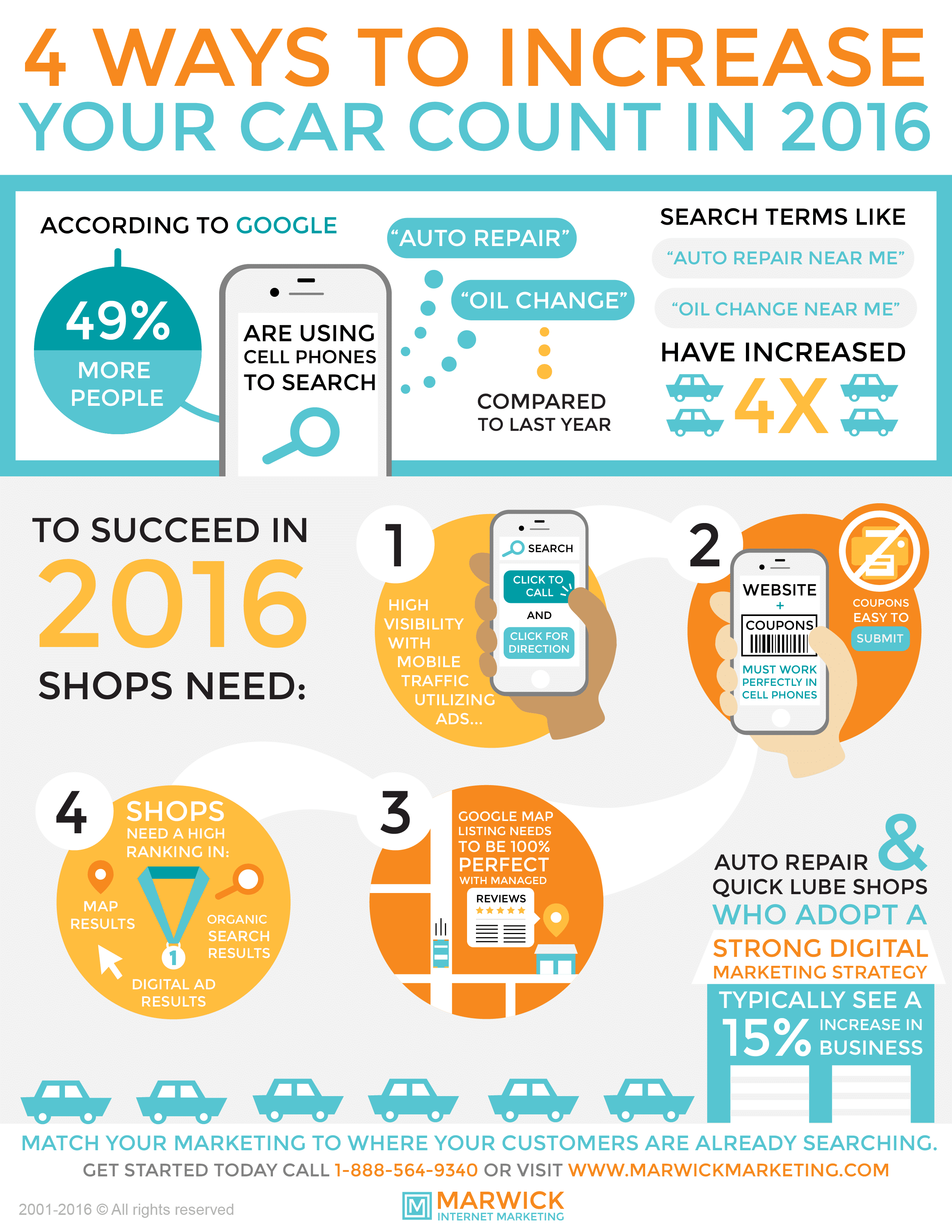Analyzing Your Automobile'S Warning Indicators: What They Truly Convey
Analyzing Your Automobile'S Warning Indicators: What They Truly Convey
Blog Article
Uploaded By-Hartley Winters
When you're behind the wheel, those beautiful warning lights on your dashboard can be a bit puzzling. Do you understand what they're attempting to tell you about your vehicle's wellness? Comprehending the significance of these lights is crucial for your security and the longevity of your car. So, click the up coming document following time one of those lights turns up, wouldn't you want to understand its message accurately and take the essential actions to address it?
Common Caution Lights and Interpretations
Determine common caution lights in your car and understand their significances to ensure secure driving.
The most normal warning lights include the check engine light, which signifies concerns with the engine or exhausts system. If this light begins, it's crucial to have your car checked promptly.
The oil stress alerting light suggests reduced oil pressure, requiring immediate attention to prevent engine damage.
A flashing battery light could suggest a damaged billing system, potentially leaving you stranded otherwise attended to.
The tire pressure monitoring system (TPMS) light informs you to reduced tire stress, impacting lorry security and fuel effectiveness. Ignoring this might cause hazardous driving problems.
The abdominal light suggests a trouble with the anti-lock braking system, jeopardizing your capacity to quit rapidly in emergency situations.
Last but not least, the coolant temperature level alerting light warns of engine overheating, which can result in severe damages if not resolved promptly.
Recognizing these usual caution lights will certainly help you resolve problems promptly and preserve secure driving problems.
Relevance of Prompt Interest
Recognizing the common caution lights in your cars and truck is only the very first step; the importance of without delay dealing with these warnings can not be stressed sufficient to guarantee your safety and security when driving.
When a caution light illuminates on your control panel, it's your vehicle's means of communicating a possible concern that needs focus. Neglecting these cautions can lead to extra severe troubles in the future, jeopardizing your safety and security and potentially costing you more out of commission.
Motivate focus to warning lights can stop failures and mishaps. As an example, a blinking check engine light can suggest a misfire that, if left neglected, can create damage to the catalytic converter. Addressing this quickly can conserve you from a costly repair.
Similarly, a brake system cautioning light may signal reduced brake liquid or worn brake pads, crucial parts for your safety when driving.
Do It Yourself Troubleshooting Tips
If you see a warning light on your control panel, there are a few DIY troubleshooting ideas you can try before looking for specialist aid.
The primary step is to consult your cars and truck's manual to comprehend what the specific warning light shows. Often the concern can be as straightforward as a loose gas cap causing the check engine light. Tightening up the gas cap may deal with the problem.
https://instant-oil-change50594.actoblog.com/31824506/are-you-doubting-the-duty-of-auto-outlining-in-keeping-or-boosting-your-vehicle-s-resale-value is a low battery, which can cause various warning lights. Checking the battery links for corrosion and guaranteeing they're protected might fix the trouble.
If a warning light persists, you can attempt resetting it by detaching the auto's battery for a few mins and afterwards reconnecting it. Additionally, checking your lorry's liquid degrees, such as oil, coolant, and brake liquid, can assist fix advising lights connected to these systems.
Verdict
To conclude, understanding your vehicle's warning lights is crucial for maintaining your car running smoothly and securely. By quickly addressing these signals and understanding what they indicate, you can avoid pricey repair services and prospective malfunctions.
Remember to consult your automobile's handbook for specific details on each alerting light and act appropriately to ensure a trouble-free driving experience.
Stay informed, remain safe when driving!
